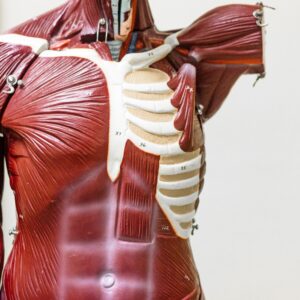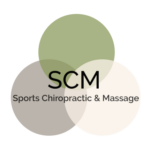
Myofascial Release Marin
Great for addressing scar tissue from old injuries and damage to the fascia, Myofascial Release is a powerful technique for addressing chronic pain. Chronic pain often results from fascial adhesions and responds well to myofascial therapies. We provide Active, Passive, and a variety of other myofasical release Technique our Marin (Mill Valley) location.
What is the Myofascial System? | Mill Valley
Fascia is defined as a band or sheet of connective tissue, primarily collagen, beneath the skin that attaches, stabilizes, encloses, and separates muscles and other internal organs. What an uninspired string of words!
The fascial system is the glue that holds the body together. It is an all-encompassing system that surrounds and invests all of our tissues. That means that a single system ties our muscles, bones, blood vessels, organs and nerves together.
“Stress” puts tension on the fascia. Such stress can be physical, psychological, environmental, chemical, etc. Tension in one area of the body can an often does influence other structures. Sometimes the relationship is indirect, far from obvious, and at a distance.
For centuries Eastern medicine has treated a multitude of ailments by inserting needles into distant points. The general idea is to open the flow of energy through channels connecting the body or “meridians.” Western Medicine has recently “discovered” a system of connective tissue that binds and connects disparate parts of the body, aka fascia.
It seems that we are finally all starting to be on the same page in terms of describing distant physical factors that affect our health.
Myofascial Therapies in General | Marin
Numerous types of myofascial release techniques have emerged since the 1970’s. Techniques include Rolfing, Active Release Technique, Passive Release Techniques, Direct techniques, Indirect techniques, foam rolling, skin rolling etc. etc. They all basically do the same thing. They relieve stress and tension in the fascia.
The benefit of such work is wide and varying, dependent upon the source of tension in the fascia. Decreased pain and increased flexibility are the most often named benefits. Others include improved immune function, improved circulation decreased anxiety, and decreased fatigue.
Research in this area, as for most soft tissue methods, is sparse but beginning to accumulate. Anecdotal claims abound, but we all know what that is worth.
Myofascial Release techniques are generally safe, and many who suffer from either acute or chronic pain find them effective. Several massage tools on the market allow the home application of myofascial therapies.
Active Release Technique | Marin
Active Release Technique or ART is considered by many to be the gold standard of soft tissue treatment for sports injuries. Injured muscles, ligament, fascia, tendons and nerves all respond extremely well to Active Release Technique treatment. What separates ART from conventional massage or muscle work is the precise directed tension and the very specific movements incorporated into the treatments.
With Active Release Technique, the whole structure ( muscle, tendon, ligament, nerve or fascia) can be treated instead of a particular section. It is the active motion, directed pressure, and specificity of treatment that allows the practitioner to break up the adhesions. But what is an “adhesion” anyway?
An adhesion is fibrous tissue that develops from a small tear in the muscle, tendon or ligament. Some people may call this “scar tissue” as well.
An adheson can develop 3 ways:
- Acute injury (trauma)
- Overuse (repetitive motion injury)
- Constant pressure/tension for an extended periods (poor posture)
Reasons to Get Myofascial Release | Marin
The adhesion, or scar tissue, should be reduced for many reasons. Adhesions limit blood flow to the structure, shorten the muscle and decreases the function of the structure. This can cause pain, weakness and sometimes numbness if the adhesion is putting pressure on a nerve.
The soft tissue changes that occur following an injury are:
Inflammation (occurs in the first 24-72 hours)
Stringy muscles lesions (2 days-2 weeks)
Lumpy tissue, palpable adhesions (2 weeks-3months)
Leathery tissue, changes slowly and is more chronic (3 months and beyond)
Each treatment only takes a few passes over the structure, and accomplishes greater results in a shorter amount of time than other soft tissue therapies. Active Release Technique is extremely effective when it comes to treating soft tissue conditions whether it be athletic injuries such as shin splints, tight calf muscles and IT Band problems or work-induced pain like carpal tunnel or shoulder and neck tension .
